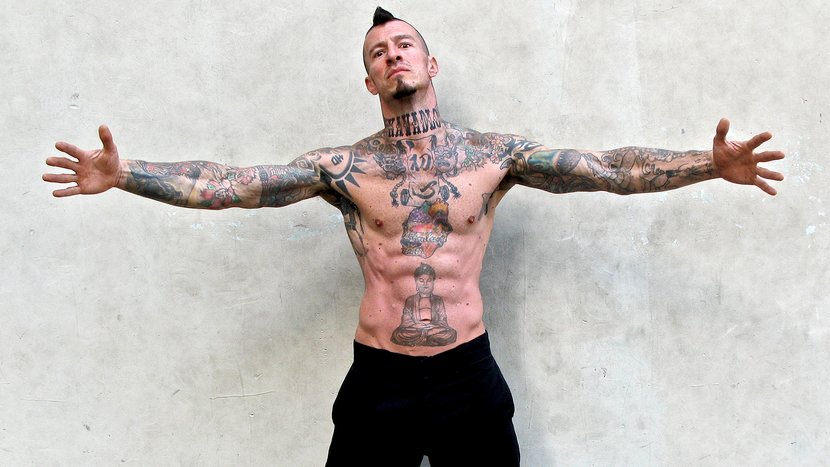
Danny Kavadlo's Rules For Living As Strong As You Look
It takes patience, self-control, and a special kind of mental strength to reach the upper echelon of bodyweight training.
If you've read my articles on Bodybuilding.com in the past, you know I don't choose to exercise with bodyweight because it's easier than doing it with weights. On the contrary, if you do it right, it's every bit as difficult as getting under a loaded barbell In fact, training with only your body is a little like living a good life or being a good person. Everybody could do it in theory, but they don't.
These are 10 of the laws that I've learned in the gym but can put to use any day of the week, all straight from my new book, "Strength Rules." Live by them and you can't go wrong!
Don't show me your moves until I see your reps.
I still do push-ups, pull-ups, squats, lunges, and dips almost every time I train. For real. It's important to have control of the basics. Trust me, I did pull-ups for nearly 20 years before I ever even saw a muscle-up. There's absolutely nothing wrong with showmanship. In fact, it's a great way to train in its own right. But when strength matters, you must put in the time.
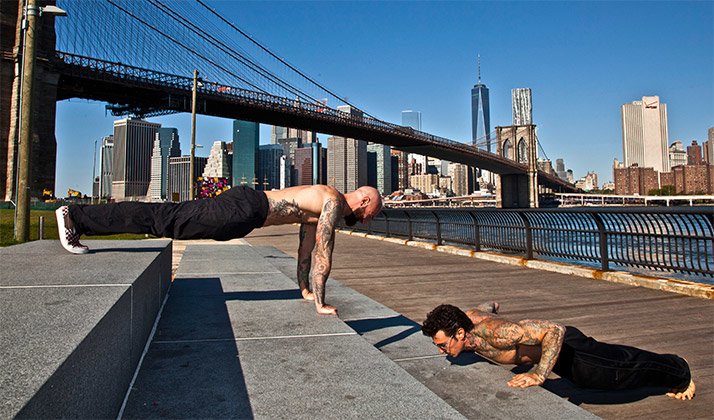
Don't prioritize theory over experience.
Frank Zappa said, "Writing about music is like dancing about architecture." This philosophy has many applications. There comes a point where all the talking in the world means nothing. Many academics, fitness writers, college kids and professors love to perpetuate knowledge when they lack experience. They'll write a whole dissertation about something they know nothing about and never took part in.
Talk is cheap. You gotta practice what you preach!
Don't waste time.
Not in your life, not with your loved ones, not day-to-day, and certainly not in the gym. Circuit training (completing a series of exercises with little to no rest in between), supersetting (alternating between two exercises, push/pull for example), active recovery (stretching or training another body part during your rest period) and performing full-body, compound movements (windshield wipers versus crunches) are excellent ways of getting more done in less time.
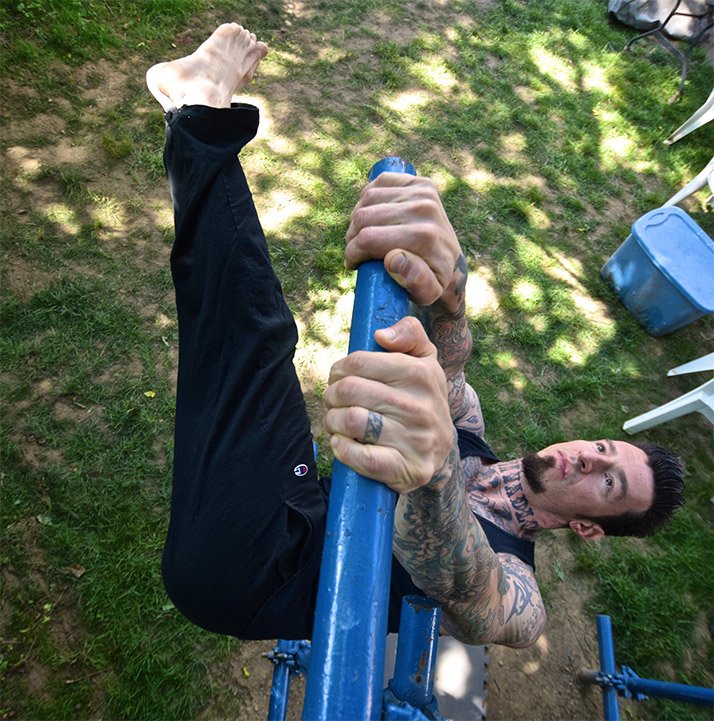
Strange as it sounds, getting out of the gym altogether is also probably a good idea. In fact, many modern "big box" gyms were built specifically to cater to time wasters. Just look at all the merchandise for sale, TV screens, dining areas, and other distractions. You're probably better off at the park!
If you have the space, build a backyard pull-up bar. You'll get much more bang for your buck!
Don't mislead people.
Say what you mean, not what you think others want to hear. If you get invited to an event and you know you won't attend, then don't say you will. Don't even say you might. If you get off the phone with someone, don't say, "I'll call you right back" unless you're planning on doing so. Don't say you'll show up somewhere at a certain time and then show up at a different time.

Always tell the truth. It's amazing how many people provide lip service with no follow through. Personal trainers do it all the time.
If you're a trainer, don't promise unrealistic results. So many fitness professionals are afraid to be honest, but the truth is, if you make unrealistic guarantees, you set up both yourself and your client for failure.
Don't eat so much sugar.
Most of us could stand to reduce the amount of sugar we eat day to day. So do it! Don't add sugar to your coffee, tea or oatmeal. Avoid sodas, energy drinks, and other sugary beverages.

Americans consume an alarmingly large quantity of sugar every day. It can't hurt to cut back. Remember, honey, agave, nectar, brown rice syrup, and cane sugar are all pure sugar, even if they are marketed as healthy alternatives to high-fructose corn syrup. It's the same shit.
Don't judge others.
No one ever said it better than Wayne Dyer: "When you judge another, you do not define them. You define yourself." Words to live by.
Don't judge their workouts either.
I was guilty of this as a young trainer. I criticized everyone's workout. "Why are they doing that exercise? That's stupid!" But it was really just my own insecurities. I didn't know the story behind the workout or the reasons for the choices they made. And it was none of my business anyway.
There are many effective modalities in which to train. You gotta do what you love.
Don't believe the hype.
Keep your expectations guarded. The marketer's job is to reel you in so I encourage you not to take the bait. I'm not just talking to about fitness fads, gym memberships, and supplements, either. I'm talking about talking heads in the media, salesmen, politicians, and gurus.
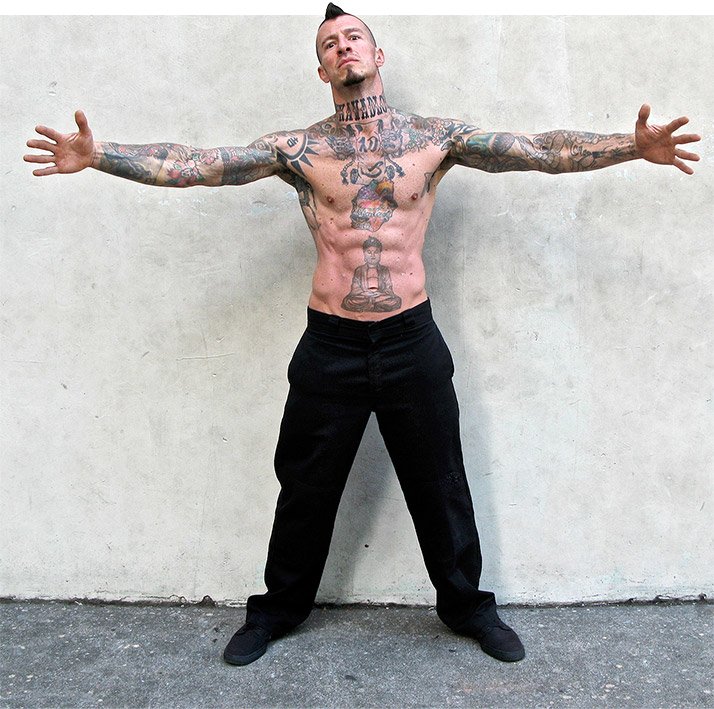
Yes, there are many extraordinary experiences to be had, and life is beautiful. I encourage you to have it all. But trust your own intuition and common sense over the propaganda of others. If something sounds too good to be true, it probably is.
Don't pay any mind to those who talk behind your back.
When you argue with a hater, there will be two fools in the room instead of one. Always take the high road.
Don't take "no" for an answer.
There are occasions in life when failure is simply not an option. These are the times when we can't back down. Naturally, not every experience falls into this category, and not everything will go as you intended it to 100 percent of the time. Far from it.
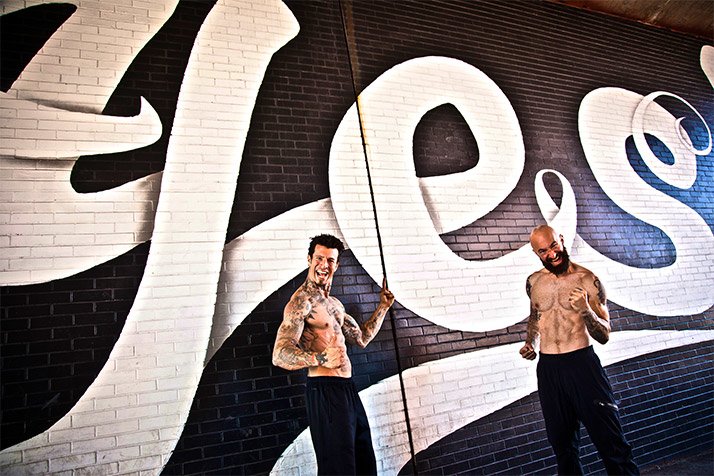
Still, we must recognize that there are those moments in life—and training—where the only answer is, "Yes, I'm doing this!" Then actually do it!
From Danny Kavadlo's book, "Strength Rules: How to Get Stronger Than Almost Anyone—And the Proven Plan to Make It Real"
In your new book, "Strength Rules" you talk about your seven-year quest to perform a dead-hang one-arm pull-up. You say you may not ever do it again. Why?
The one-arm pull-up is arguably the most difficult exercise in the calisthenics kingdom. To say 100,000 people will ever perform a one-arm pull-up in their lifetime is probably a stretch. Around 10 years ago, when I first saw a one-arm pull-up performed in person, I decided to make it my mission. I could already perform 20 standard pull-ups at the time, and I thought it would come easy. It did not.
One of my goals in writing "Strength Rules" was to lay out the truth clearly and succinctly. A lot of people these days watch YouTube and think that everyone in the world is doing one-arm pull-ups, muscle-ups, and back levers. They're not.
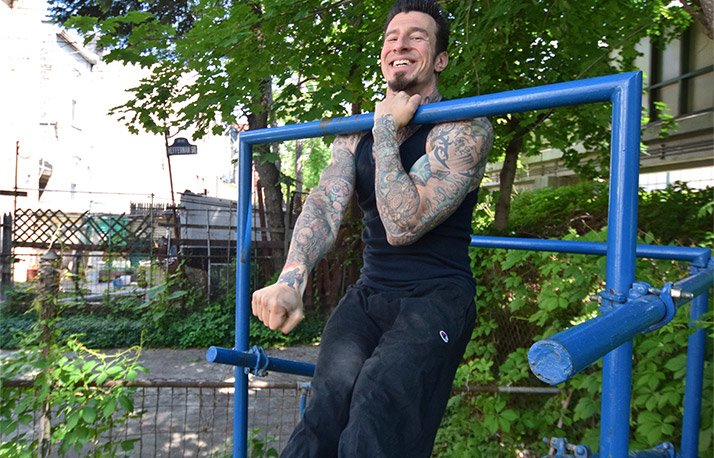
These are very advanced moves. While I'm glad to be part of the club, the amount of time, obsession, and injury in training for the one-arm pull-up is greater than is often portrayed. When I wrote that passage, I sought to demystify it and be 100 percent transparent with my readers.
So here's the deal: I started training for the one-arm pull-up in 2006. I did my first one in 2013. I did my second one in 2014. Yup, that's enough for me. The training stopped being fun for me, and it wasn't worth it. The fun element is part of what I love about calisthenics! I am not an athlete or a competitor by any means. I'm a guy in decent shape who likes to train. I often joke that if people knew how long it took me to achieve some of these moves, they'd be a lot less impressed by me!
You and your brother Al suggest a wide number of rep ranges. You recommend sets of 20 and even 30 before moving on to more difficult variations. What's the power of the high-rep set?

It's not that we don't agree with the traditional rep ranges. It is simply that those rep ranges assume that every exercise is created equally. When training with external resistance like barbells, dumbbells, and kettlebells, the load can easily be adjusted by adding or subtracting poundage. This is simply not the case with bodyweight moves, where the difficulty of an exercise is altered by making changes to the exercise itself, usually by changing the leverage, points of contact, or weight-to-limb ratio. For example, how do you progress a bodyweight squat? (Granting that if we add a barbell, then it is no longer a bodyweight squat.)
So in "Strength Rules," I compiled numerous advanced variations such as the side-to-side squat, Bulgarian split squat, pistol squat, and more. Clearly, the rep ranges will be different for each of these. Yes, I recommend 40 reps as a baseline for standard bodyweight squats, as 1-5 will not really increase your strength and 8-12 will not build muscle unless the practitioner is a deconditioned beginner. However, I suggest 5-8 reps of the shrimp squat because it is more advanced. By the same token, I recommend performing 30 standard two-arm push-ups, but only 2-6 one-arm push-ups, as the one-arm variation is more of a strength move.
Your photos show you hanging off of any number of random urban objects. But when you train, do you prefer to do it in a dedicated strength space, or do you really get around?
One of my favorite aspects of calisthenics is the street-workout component. Like I wrote in my article, "7 Signs You're A Calisthenics Fanatic," we see pull-up bars everywhere! It's always fun to perform a human flag off of a random object or do a handstand on a statue. This adds a playful, improvisational element to training and life.
But when I'm officially training, I usually do it in my backyard home gym or at Tompkins Square Park. Something that I discuss in "Strength Rules" is the concept of making designated time for your workouts, which is hard to do in the middle of the street!
It's easy to imagine calisthenics experts like you doing high-level, high-tension work every day. What do your light days look like?
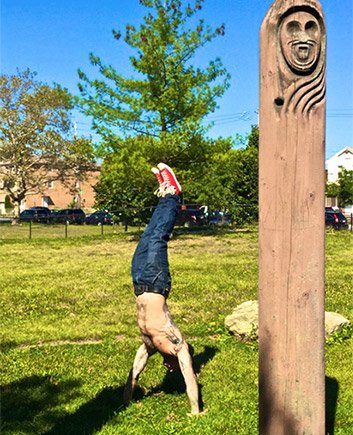
I often train intensely two days a week, working aggressively on advanced pull-ups, bar levers, pistol squats, and one-arm push-ups. On such a week, I will undoubtedly train lighter on the remaining days. There is an inverse relationship between frequency and intensity of which you can train. You can't go balls-out every time. A light day may be one where I focus on flexibility and skill development rather than raw strength.
I also have weeks where I do a split routine: upper body work like push-ups, pull-ups, and dip variations one day; lower body work like two-legged and single-legged squats another day; and skills like back bridges and hand balancing on a third day. My template changes week to week, and my workouts are not set in stone.
As a bodyweight aficionado and personal trainer, you could spread your training across the day if you wanted to. When building strength is the goal, do you recommend this approach or the "save it for the workout" approach—or somewhere in between?
They are both viable means and are not mutually exclusive. We live in a very dogmatic society where we are often forced to choose what is "right" and what is "wrong". But in reality, it isn't so black and white.
If I have a particularly extensive workout one day, it's unlikely that I will add additional training throughout the remainder of the day. I need time to recover!
On the other hand, if I have difficulty managing my time, or my day did not go as planned, then I will spread out my training throughout the day. Perhaps I'll knock out 20 dips or 10 pull-ups, or maybe even do a quick front lever here and there. They are both different means to the same end.
Let's face it; we all have the time to get it in. We just have to make it.
You've traveled the world in recent years teaching bodyweight strength. From where you stand, why are the fundamentals having such a resurgence?
People are tired of being lied to. So many so-called "experts" in the fitness biz want to blow your mind you with their "new" innovation or "secret" technique. But the truth is that the same time-tested methods have been around forever because they work!
Humankind, as a species, has the tendency to confuse "complicated" with "effective," but they're not usually the same thing. Keep it honest. Keep it simple. Keep it real!
Keep the dream alive!
